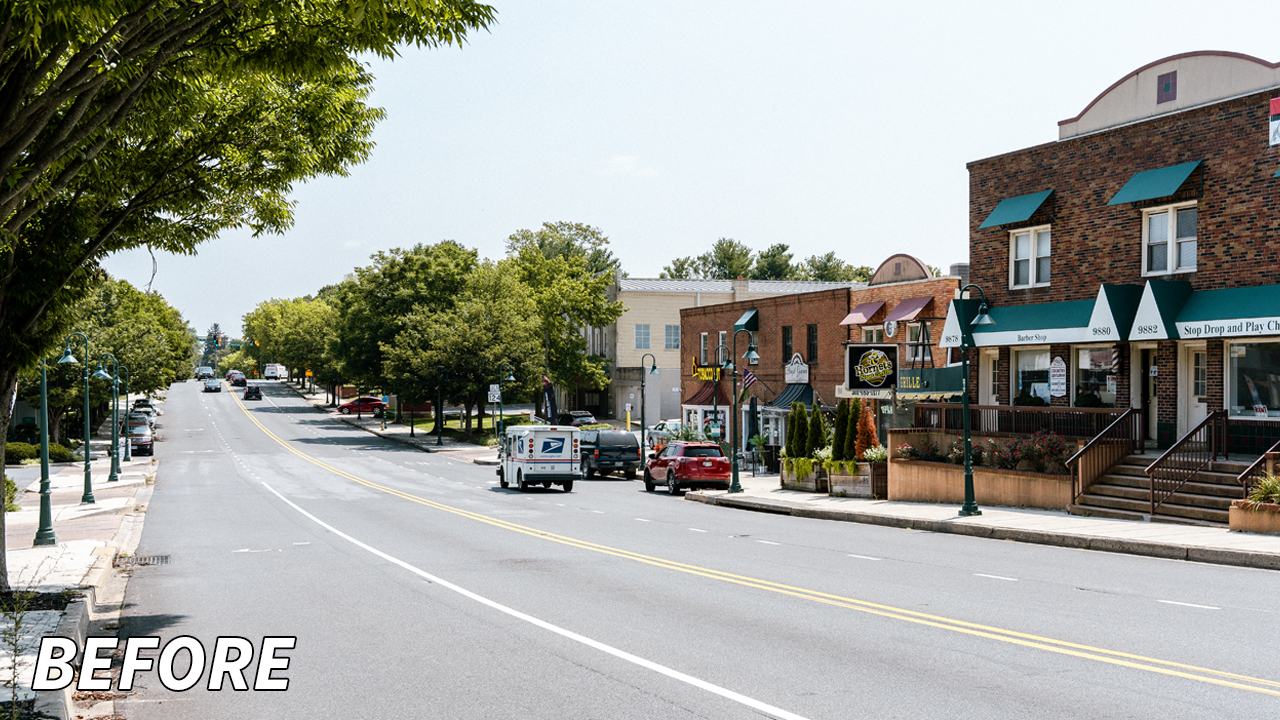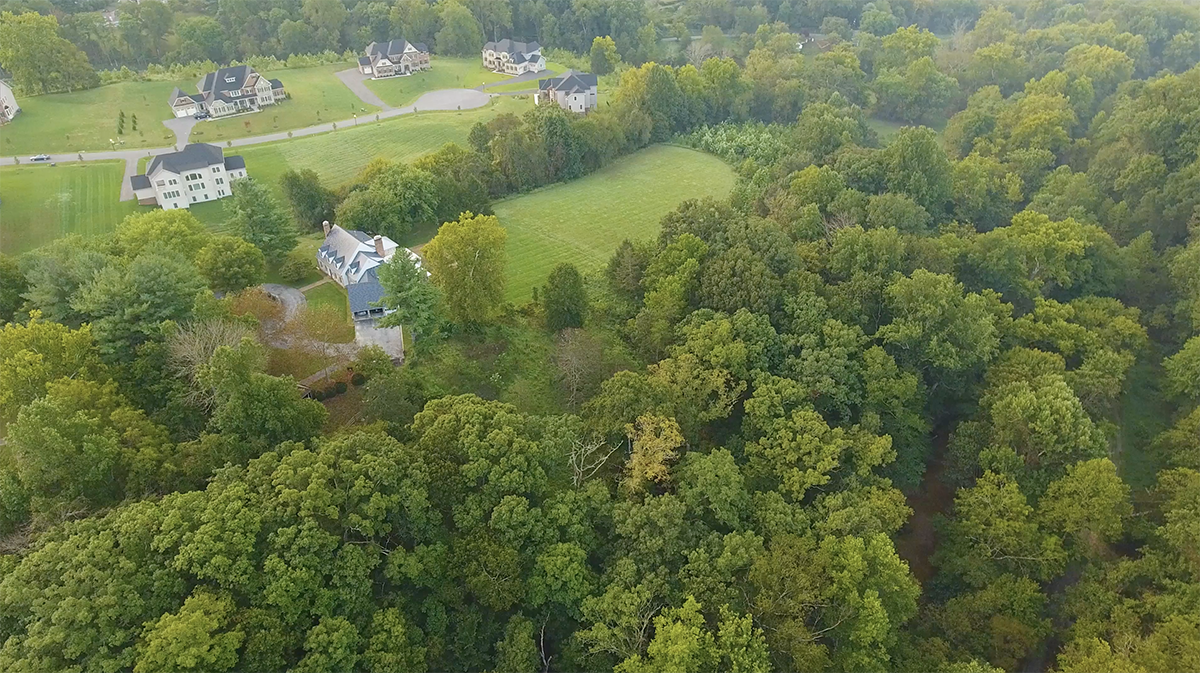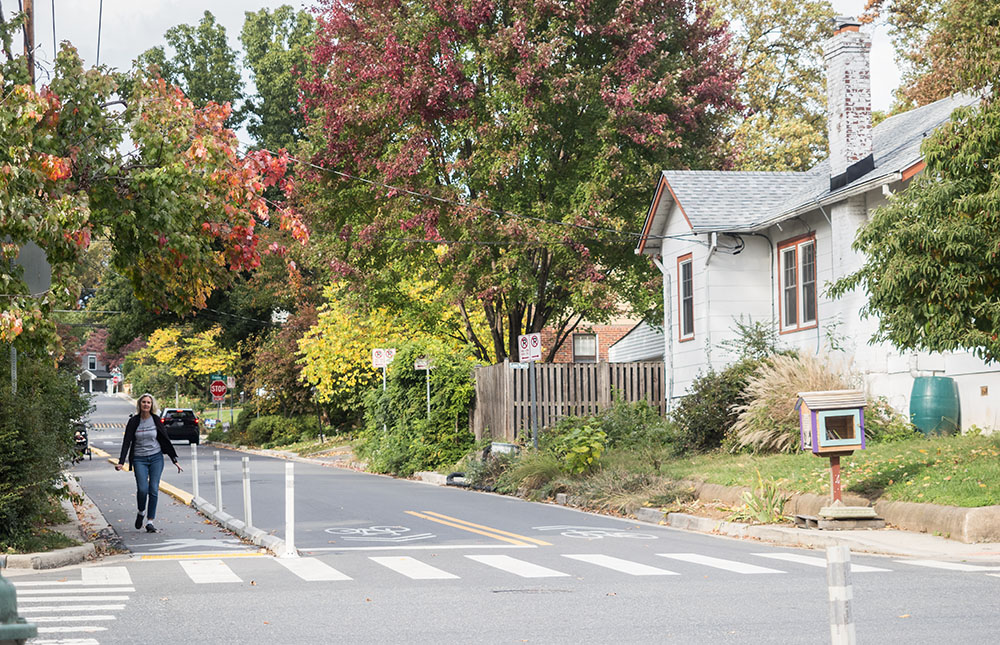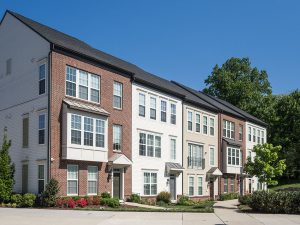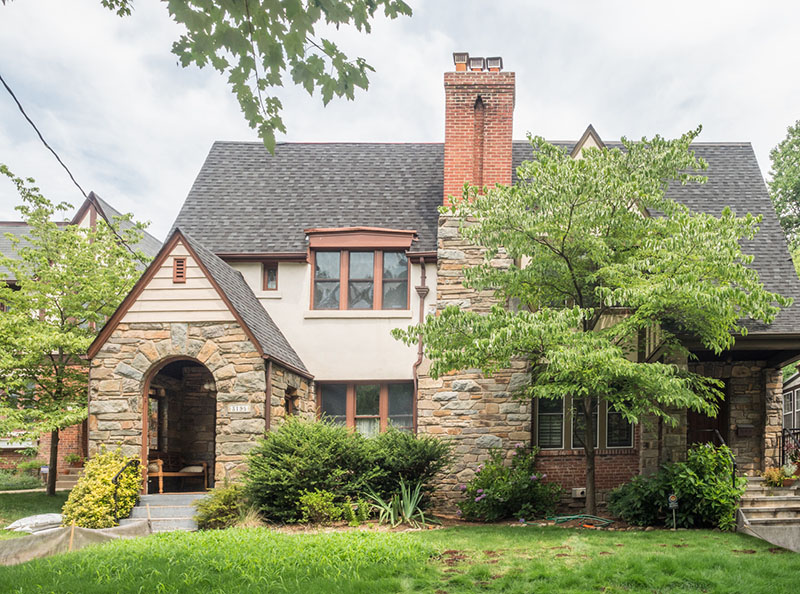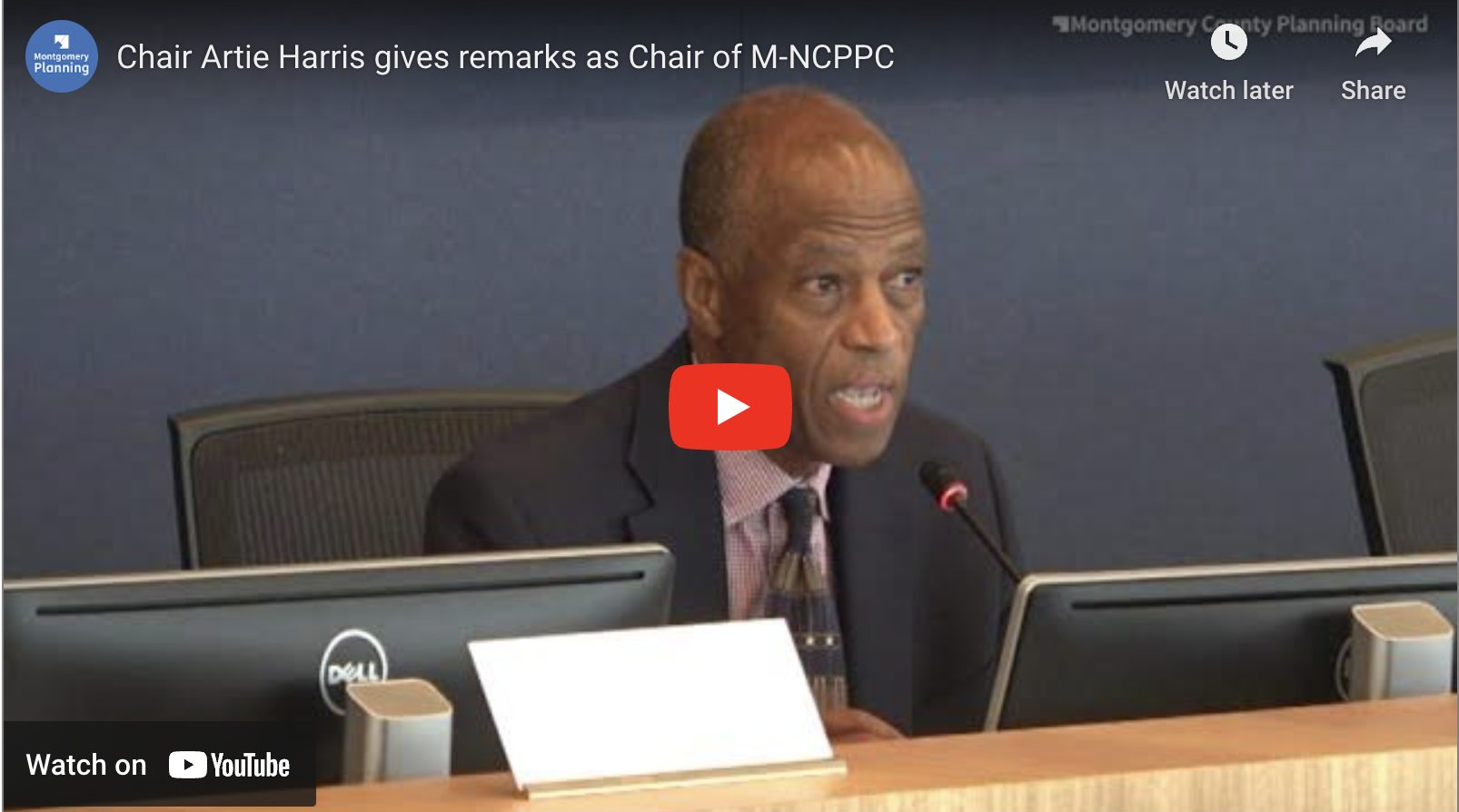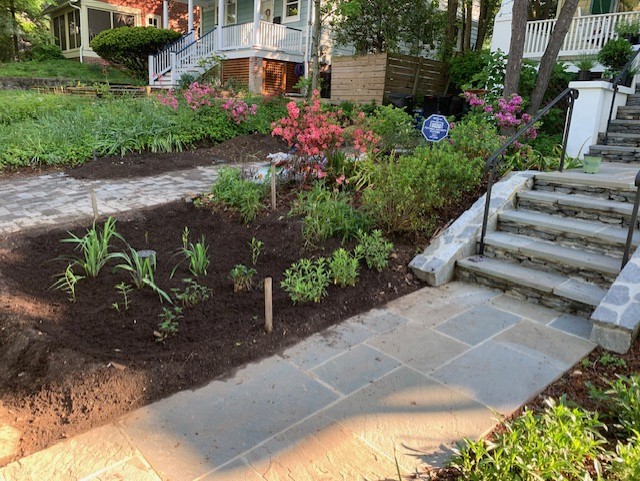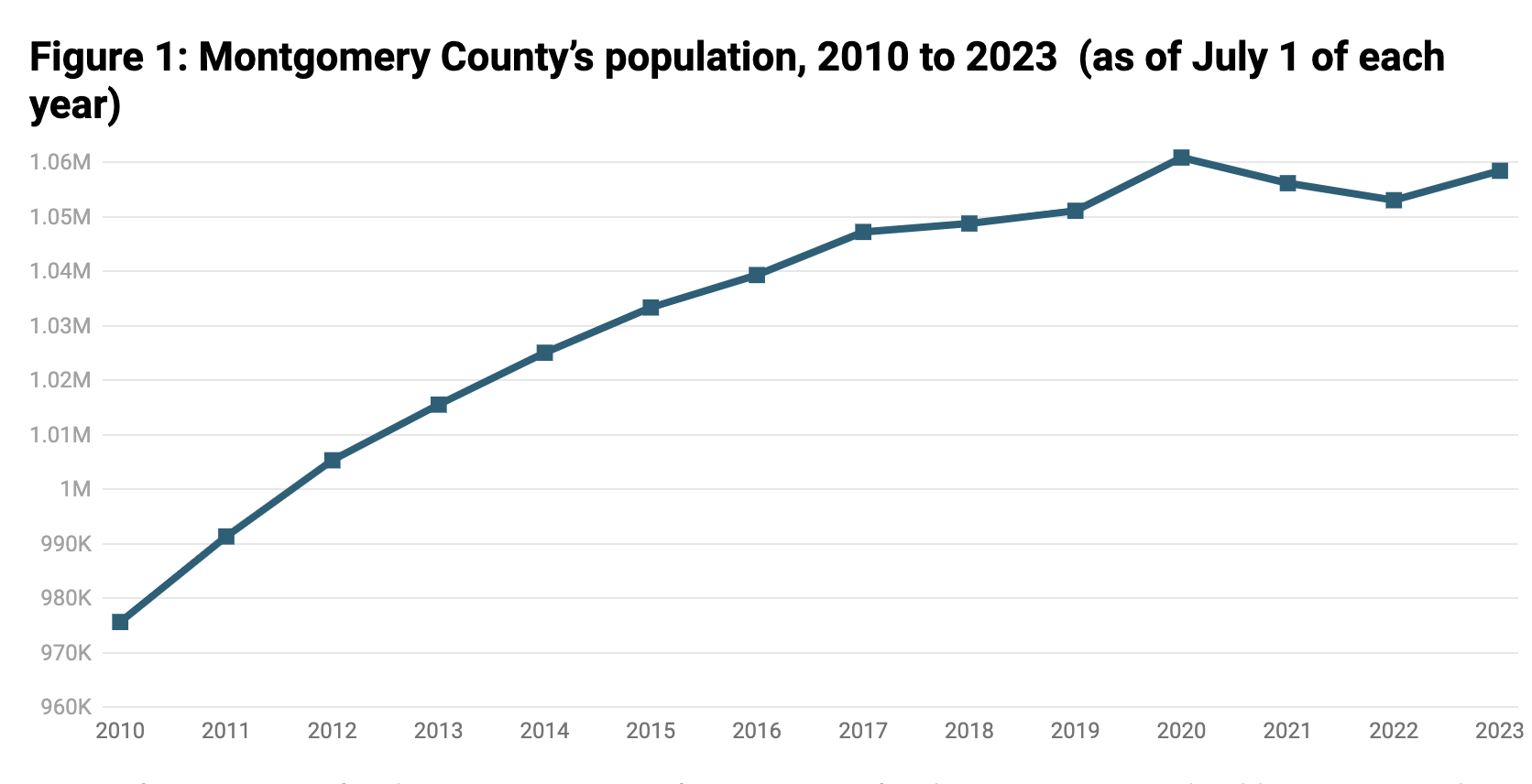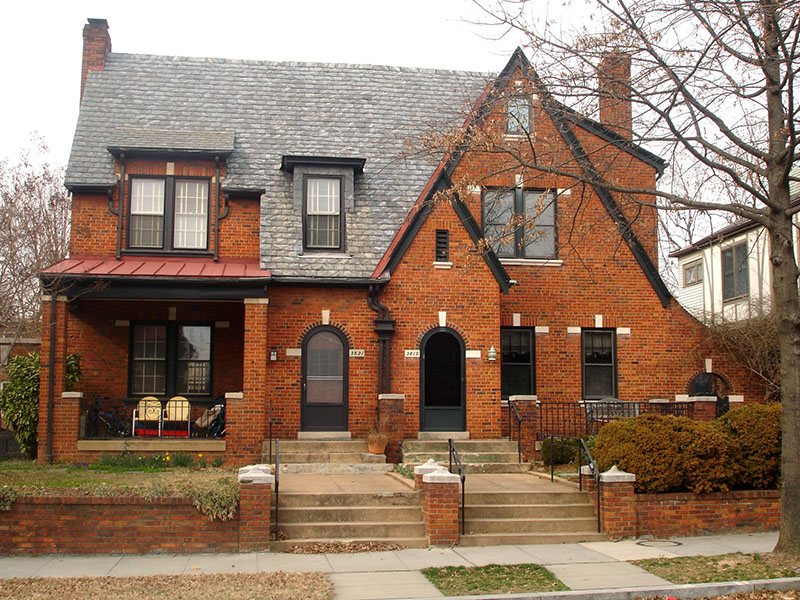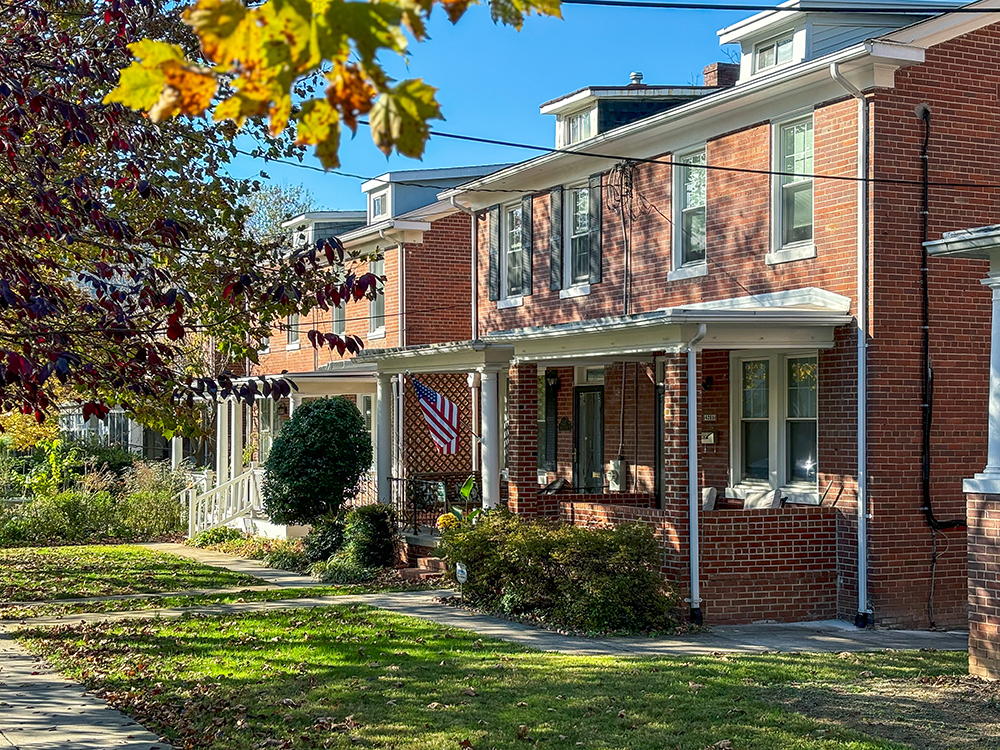
By Artie Harris and Jason K. Sartori
This blog is also published in Greater Greater Washington as a guest opinion column.
Over the past three years, Montgomery Planning and the Montgomery County Planning Board have heard a lot of passion from people in Montgomery County who are eager to find solutions to the county’s housing crisis. We also heard a lot of misconceptions regarding the Planning Board’s recommendations to relax single-family zoning, also known as Attainable Housing Strategies. That’s why we’re sharing these frequently asked questions about them.
Back in June, the Planning Board issued its Attainable Housing Strategies (AHS) recommendations, which would give property owners more choices in the types of structures they can build on their properties in … Continue reading
